In the golden era of automobile design, manufacturers often employed clever and stylish ways to integrate functional elements into the overall aesthetic of a vehicle. One such trend was the use of hidden fuel filler doors, a feature that, while largely obsolete today, sparked curiosity and conversation among car enthusiasts and casual drivers alike. This article delves into the reasons behind this intriguing design choice and its impact on automotive history.
Aesthetic Appeal and Design Trends
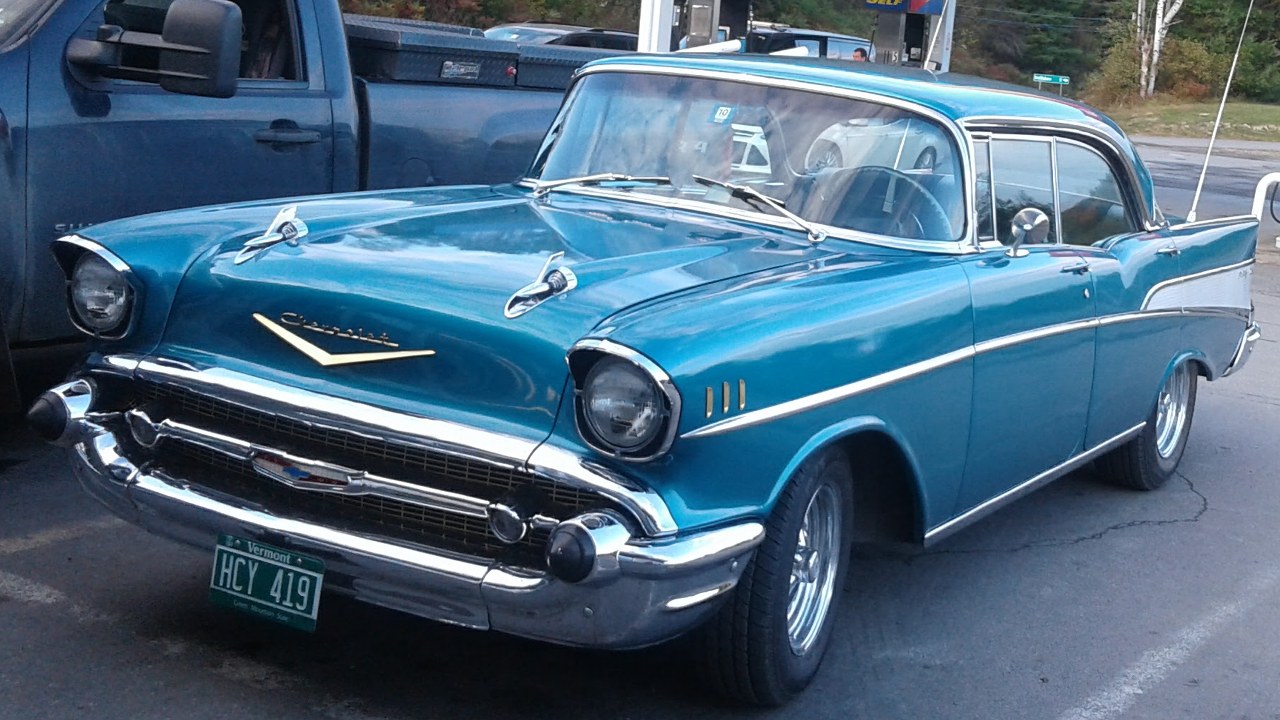
The post-World War II era marked a transformative time in automotive design, characterized by an emphasis on sleek, uninterrupted lines that exuded modernity and sophistication. Designers sought to create cars that embodied the spirit of progress and innovation, often drawing inspiration from the aviation industry. This period saw the emergence of hidden fuel filler doors as part of a broader trend toward concealed functional elements. The idea was to maintain the visual integrity of the vehicle by minimizing interruptions in the bodywork, thus crafting a seamless, aerodynamic silhouette.
Cars of the 1950s and 60s, such as the iconic Chevrolet Bel Air and Ford Thunderbird, embraced this philosophy wholeheartedly. These models borrowed heavily from aircraft design, incorporating streamlined bodies and concealed features that evoked a sense of futuristic allure. Hidden fuel filler doors were a natural fit for this ethos, offering a clever solution that harmonized with the overall aesthetic. By mimicking the sleek lines of aircraft, automakers not only enhanced the visual appeal of their vehicles but also tapped into a cultural fascination with technology and the future.
Practicality and Functionality
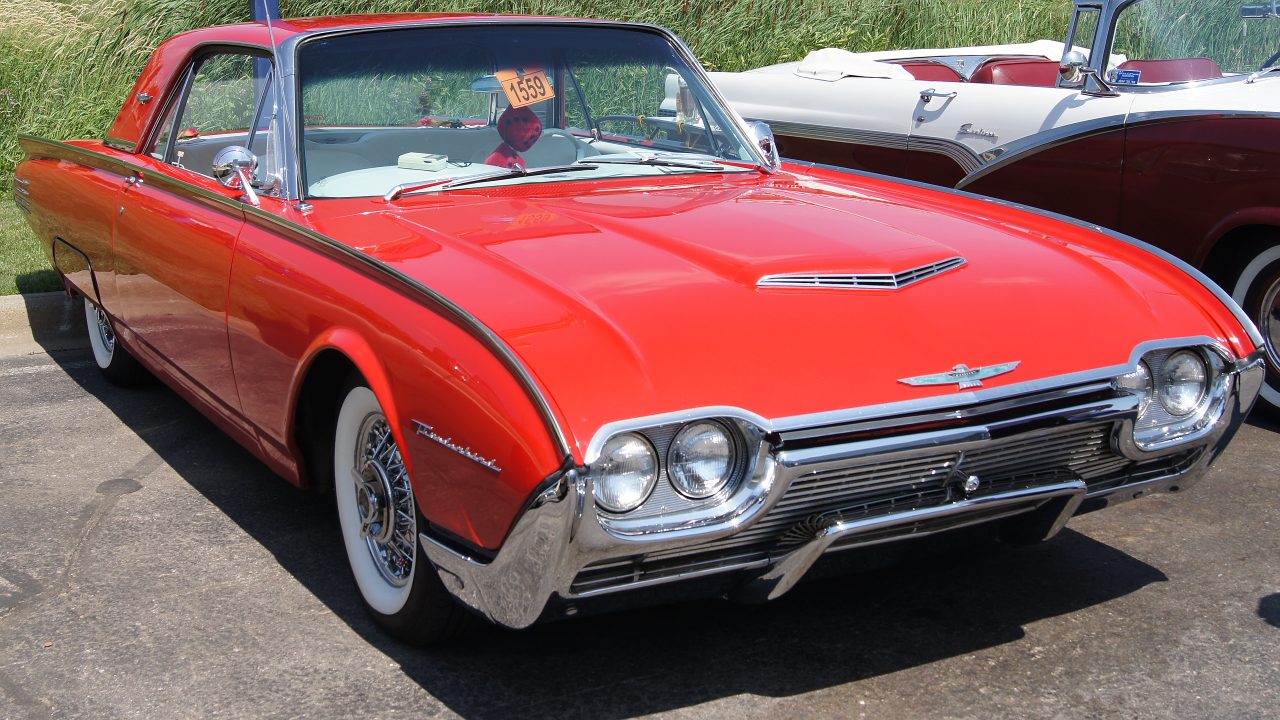
Beyond aesthetics, hidden fuel filler doors served practical purposes that aligned with the engineering priorities of the time. One significant advantage was the enhancement of vehicle aerodynamics. By concealing the fuel filler door, designers reduced drag and maintained the smooth surfaces crucial for aerodynamic efficiency. This was particularly important as automakers sought to improve fuel economy and performance during an era when highway travel was becoming more prevalent.
Moreover, hiding the fuel filler door offered protection to the fuel system from external elements. Concealed within the bodywork, the fuel filler was shielded from dirt, debris, and potential damage caused by environmental factors. This design choice contributed to the longevity and efficiency of the fuel system, reducing maintenance needs and improving the overall reliability of the vehicle. It was a practical innovation that, while aesthetically driven, offered tangible benefits to drivers and manufacturers alike.
Challenges and Limitations
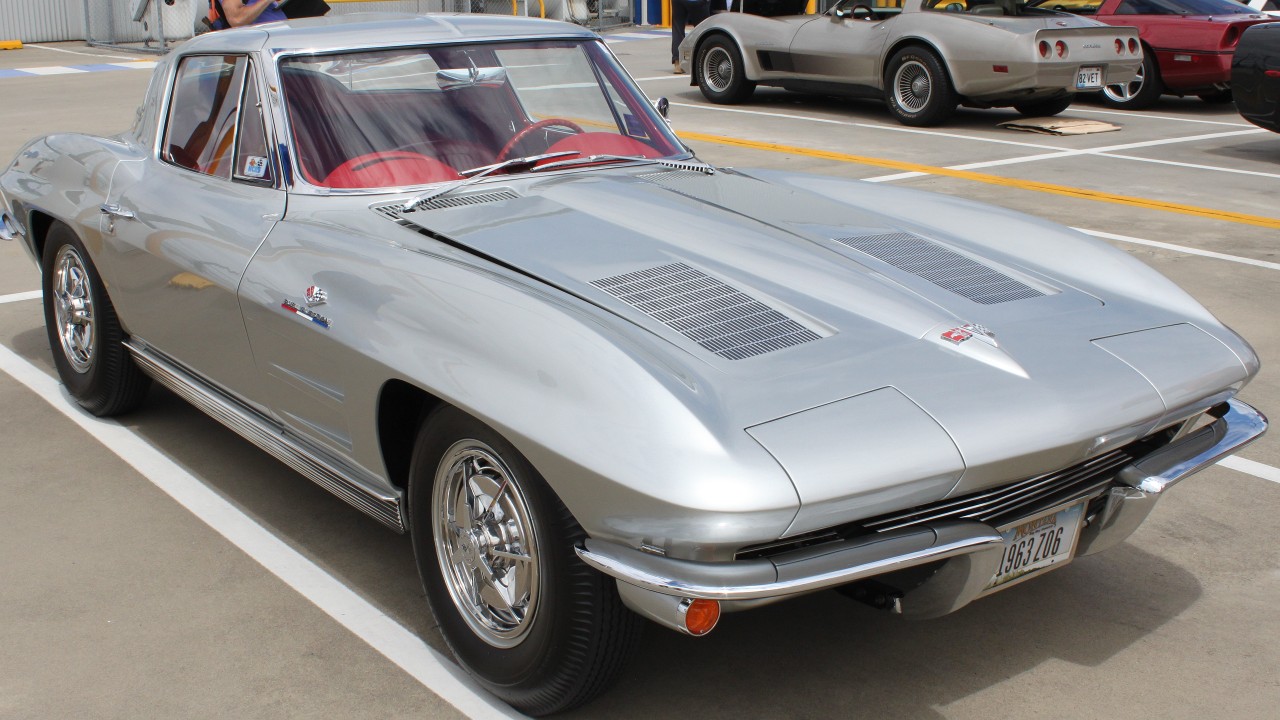
While hidden fuel filler doors brought several advantages, they were not without their challenges. A common issue faced by drivers was the difficulty in locating the filler door, particularly if they were unfamiliar with the specific model. This inconvenience was often noted by car owners of the time, leading to humorous anecdotes and sometimes exasperating situations at gas stations. The challenge of finding the correct side of the car for refueling added an extra layer of complexity to an otherwise routine task.
In addition to user inconvenience, the integration of hidden fuel filler doors increased production complexity and cost. The manufacturing processes required to incorporate these features were more intricate than those for traditional exposed filler doors. This complexity often led to higher production costs, which, coupled with the practical challenges, contributed to the eventual decline of this design trend. As automakers sought to streamline production and reduce costs, the hidden fuel filler door became a casualty of economic and practical considerations.
Cultural and Historical Significance
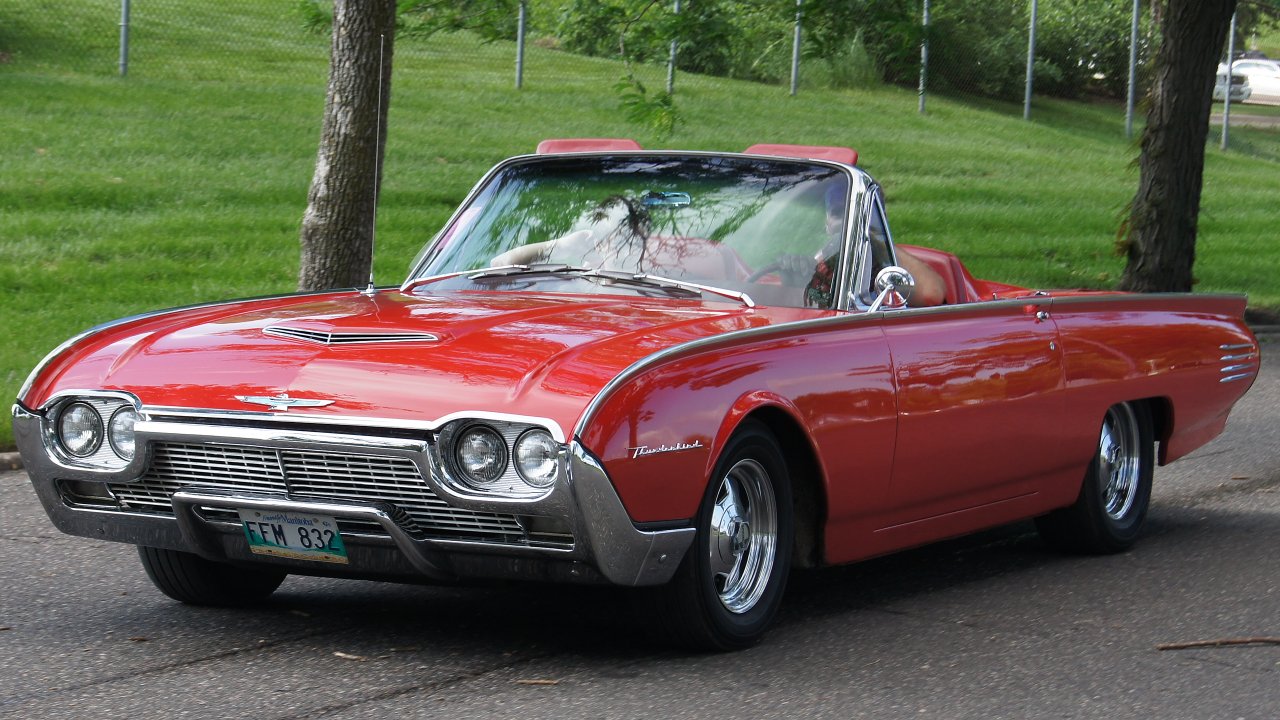
Despite their decline, hidden fuel filler doors left an indelible mark on automotive history. Certain models, such as the 1957 Chevrolet Bel Air and the 1961 Ford Thunderbird, became synonymous with the charm and allure of hidden fuel fillers. These vehicles are still celebrated today for their innovative design and stylish execution. The hidden fuel filler became an integral part of their identity, contributing to their status as icons of mid-20th-century automotive design. Classic car enthusiasts often regard these features as defining characteristics that add to the nostalgia and collectability of these models.
The legacy of hidden fuel fillers extends beyond individual car models, influencing the broader landscape of automotive culture. They represent a period when creativity and design flourished, pushing the boundaries of what was possible in vehicle aesthetics and functionality. This design choice has inspired generations of car enthusiasts and collectors, serving as a reminder of an era when cars were not just modes of transportation but also expressions of style and innovation.
Modern-Day Reflections
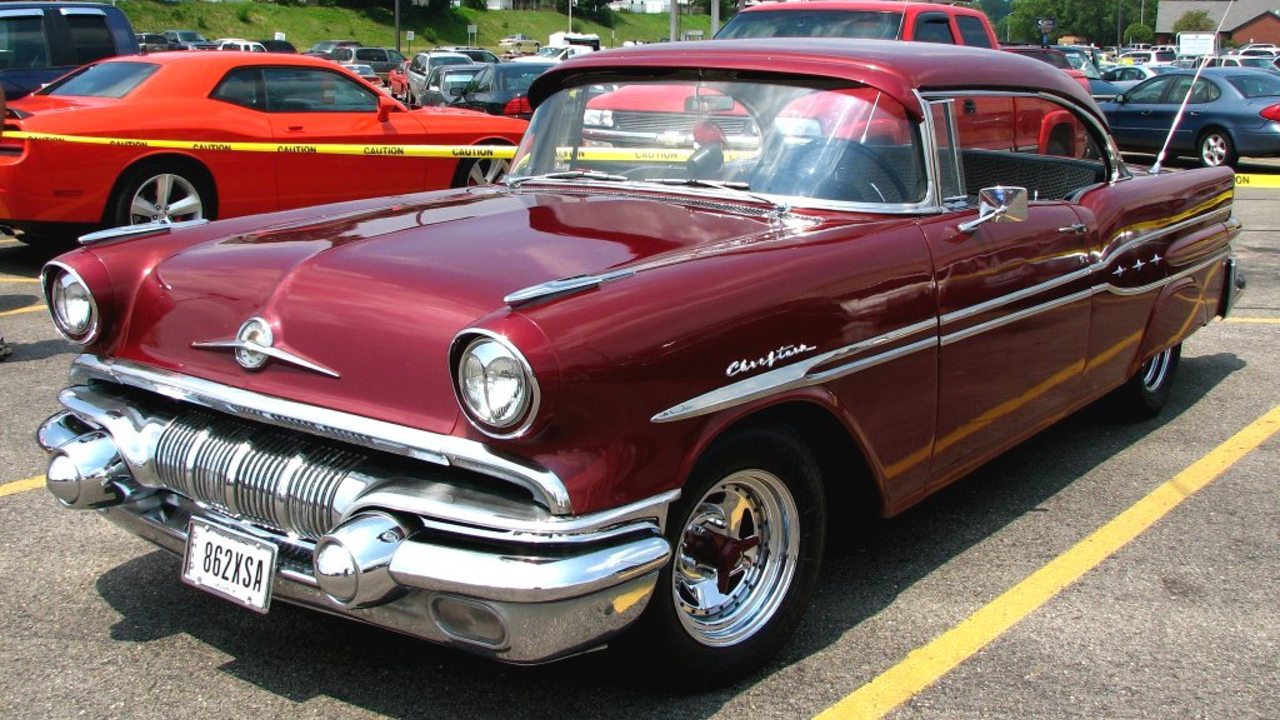
In contrast to the hidden fuel fillers of the past, contemporary car designs have largely abandoned this feature in favor of more straightforward and accessible solutions. Modern fuel filler designs prioritize practicality and ease of use, reflecting changes in consumer preferences and manufacturing priorities. The shift away from hidden fillers can be attributed to the increasing emphasis on cost-effectiveness and simplicity in automotive production. Despite their disappearance, the fascination with hidden fuel fillers endures among classic car collectors, who value these features for their historical significance and charm.
The enduring appeal of hidden fuel filler doors lies in their ability to evoke a sense of nostalgia and connection to a bygone era of automotive design. For collectors and enthusiasts, these features add a unique element to vintage vehicles, enhancing their desirability and value. As I explore these historical design choices, I am reminded of the timeless allure of classic cars and the stories they tell about a period of innovation and creativity in automotive history. The legacy of hidden fuel fillers lives on, continuing to captivate and inspire those who appreciate the artistry and ingenuity of classic car design.
Like Fast Lane Only’s content? Be sure to follow us.
Here’s more from us:
*Created with AI assistance and editor review.

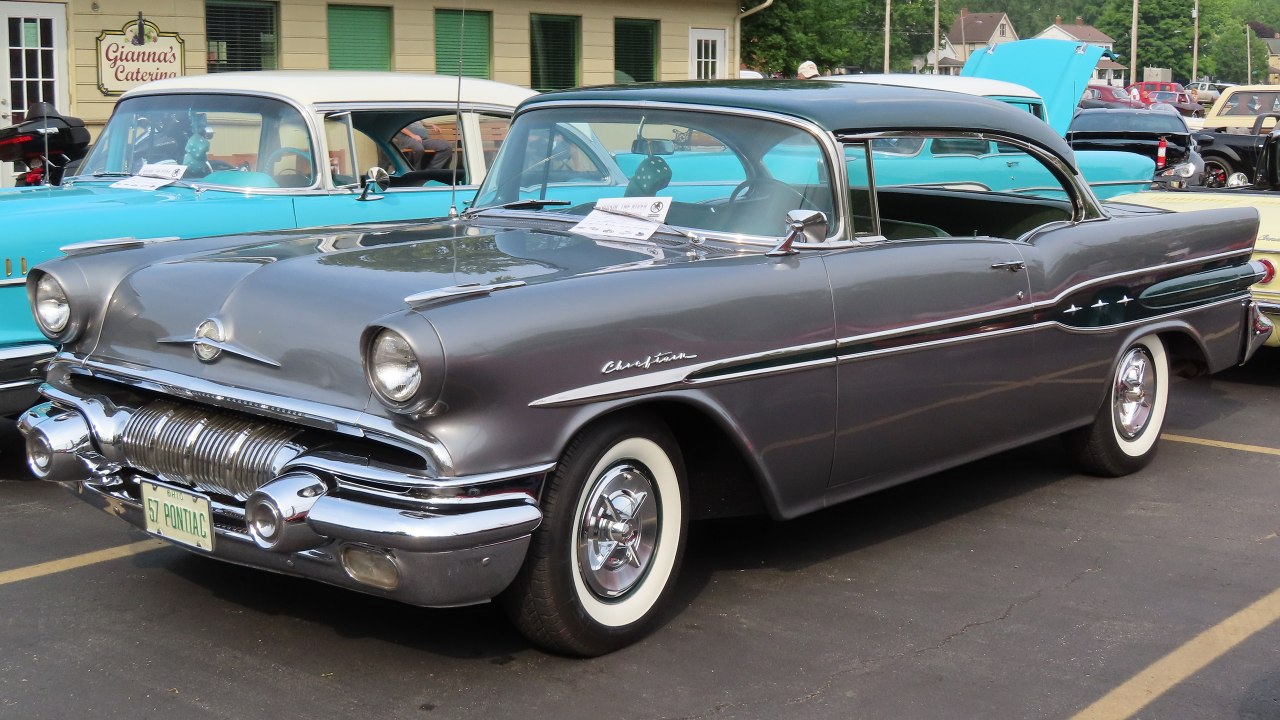


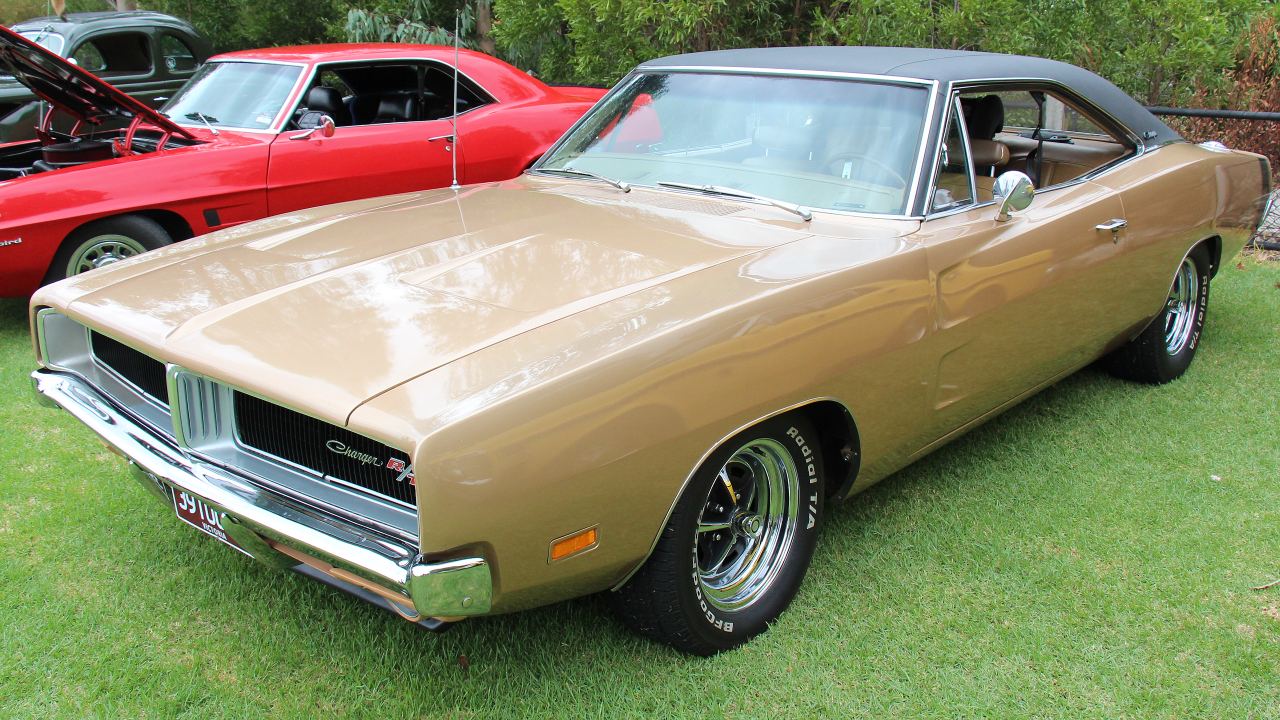
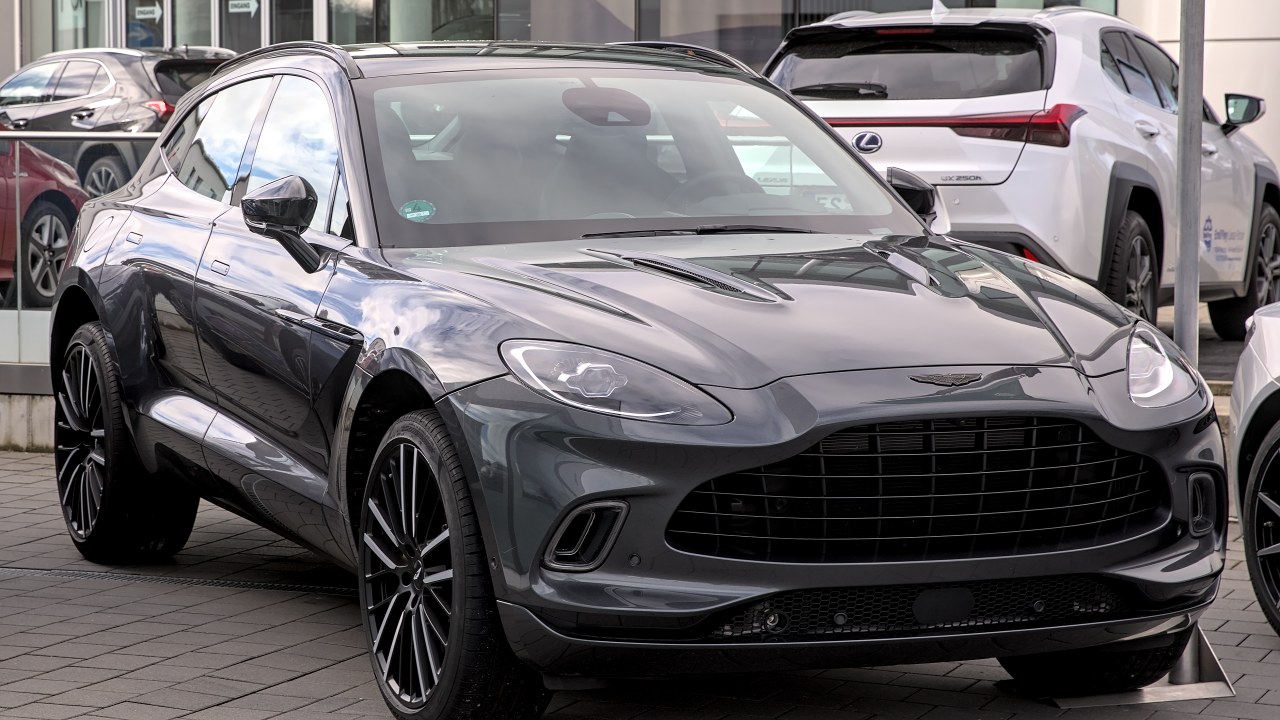

Leave a Reply